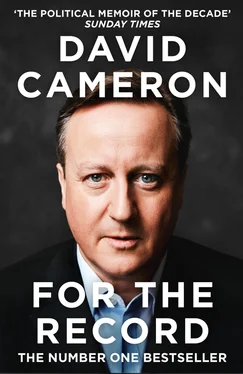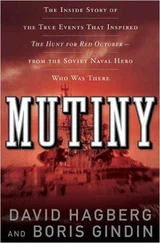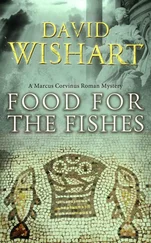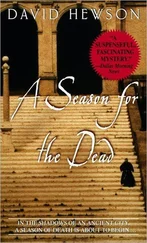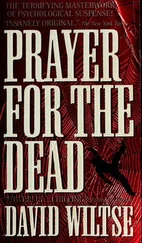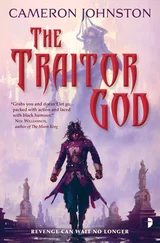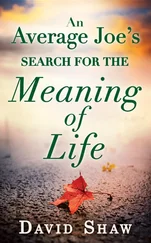The most powerful memory of my time in the Treasury is of course watching – and failing to prevent – the end of the chancellor’s career.
I liked Norman Lamont immensely, and I still do. He was a thoughtful, intelligent, decent man. But he was also deeply sensitive, with a skin too thin for this sort of politics. We subsequently fell out over Brexit, of course. When I heard that he was coming out for the Leave campaign, I pleaded with him that while I had stayed true to the pamphlet we had written together all those years ago, knowing it was in the national interest to stay and fight, he – outside the responsibilities of office – was now arguing a more populist and easy case.
After the disasters of what became known as Black Wednesday and our departure from the ERM, Norman had travelled to America. When he returned he asked William Hague and me what we thought he should do. One of the reasons he was so against resigning was that he felt – rightly in some regards – that he had seen what was coming, and was warning others about it. And, more than anyone else, once we had left the ERM, he knew what needed to be done.
Could he have recovered his position without the other slips that took place: the reports of singing in the bath, the ‘ Je ne regrette rien ’ remark at the Newbury by-election and the other controversies? Frankly, I doubt it. The truth, as we were all to learn, was that ERM membership may not have been a policy Norman invented, but he was responsible for it – and it failed. And above all, when the ‘narrative’ in the press changes so fundamentally, it is hard to fight against it.
I tended to be the bearer of the bad news. Indeed, I had to call Norman late one night to tell him about a call I had received from a deputy editor at the Sun : ‘The good news is that your boss’s picture is on the front page of tomorrow’s newspaper. The bad news is that his head is in the middle of a cut-out-and-keep dartboard.’
Without going into all the horrors of the months that followed our ERM exit, one story stands out in my memory which demonstrates just how bad things had got. The suffix ‘-gate’ is now appended to almost every so-called ‘political crisis’, no matter how minor or short-lived. My first serious ‘gate’ was the so-called ‘Threshergate’ affair, when the chancellor of the exchequer was basically accused of consorting with prostitutes and lying.
In November 1992 the Sun managed to get the details of Norman’s credit card. It had – big deal – an outstanding balance. Along with whatever negative coverage could be squeezed out of such an unremarkable fact, one other thing caught the interest of the press: he had spent a small amount of money at a Threshers off-licence in Paddington. The hacks descended on what they assumed was the right shop in Praed Street, where an assistant, a Mr Onanugu, happily told them that the chancellor had popped in to buy some cheap champagne and Raffles cigarettes before heading out into the night in what was then, in part, a red-light district. The newspapers had a field day, with innuendos galore and cartoons featuring champagne bottles and ladies of the night.
After a day of stonewalling we decided we had to get to the truth. Norman told us he had been shopping in Paddington, but had only bought two bottles of wine for his family to drink at home. All Treasury business came to a complete halt as Norman hunted through his wallet in search of the receipt, while his wife Rosemary tried to find the bottles of wine in the No. 11 flat. All this time the shop was sticking rigidly to its story. And then came the moment of truth: Norman told us that the Threshers he went to wasn’t in Praed Street. The only trouble was that he couldn’t remember where it was.
By this stage he was at a European Council meeting in Edinburgh. I recall the absurdity of telephoning to pull him out of important discussions so he could describe the route he had taken that night, and where he had gone into the shop. I followed his directions with my finger on an A–Z , and we both concluded that it must have been in Connaught Street. I despatched an official in a taxi, and hallelujah – there was a Threshers in Connaught Street.
After the full pressure of the government was applied – I think it even took a call from the permanent secretary to the Treasury, Sir Terence Burns, to the head of the company that owned Threshers – finally the receipts were found and the puzzle solved. Norman was telling the truth. No cheap champagne. No cigarettes. And no prostitutes.
But even with all this evidence, the press didn’t want to believe it. My final memory of the saga is wandering into the press gallery with a colleague and saying, ‘For heaven’s sake, who do you believe – the Chancellor of the Exchequer of the United Kingdom of Great Britain and Northern Ireland, or Mr Onanugu?’ The unanimous cry came back: ‘Mr Onanugu!’ Today we would call it ‘post-truth politics’. Back then it was the moment I should have known we were sunk.
Eventually the summons for Norman did come. In May 1993, John Major said he was having a reshuffle, and wanted to move Norman to be secretary of state for the environment. Norman was livid. I briefly tried to persuade him to stay on and rebuild, but it was no use. He would rather let it be known that he had been sacked by Major.
The end of Norman Lamont meant the end of my time as a special adviser at the Treasury. Terry Burns and Jeremy Heywood put in a good word for me with the new chancellor, Ken Clarke, and I joined his meetings on his first day, and even wrote part of his speech in the House of Commons debate that Labour had called following Norman’s defenestration. But Ken’s two special advisers, Tessa Keswick and David Ruffley, were keen to have complete control of the political side of the Treasury. So I was summoned to Ken’s office and politely fired.
Ken was thoughtful about my future career, and had called up his old friend Michael Howard, now the new home secretary, and secured me a job as one of his advisers.
Michael was a man on a mission to reform the criminal justice system. His analysis, which I came to share, was pretty simple. More work was needed to prevent crime. The police needed to be freed from red tape to catch more criminals. The courts needed reform, so that there were more convictions. And sentences needed to be tougher, to send a clear message of deterrence. So he set us to work.
Patrick Rock was the senior special adviser, and we held meeting after meeting with experts and officials looking through every area where we could change the country’s approach to crime. What came out of this was a package of measures that Michael announced in his party conference speech. It was a radical departure. Juvenile detention centres. Reforms to the right to silence. Proper use of DNA evidence. Restrictions on bail. Longer sentencing options. And far greater use of closed-circuit television cameras. These ideas led to an effective period of change which future home secretaries, Labour and Conservative, have generally stuck to. It ushered in a prolonged period of falling crime rates.
It’s undoubtedly true that some of the motivation for this frenetic activity was the arrival of a new political figure as the Labour Party’s shadow home secretary: Tony Blair.
I remember my first meeting with him. He had proposed an amendment to our criminal justice Bill on so-called ‘video nasties’. He clearly cared about the issue, but also recognised that it was a brilliant ‘wedge’ issue: a Labour politician grabbing a small ‘c’ conservative theme and using it against a big ‘C’ Conservative government.
Meeting Tony Blair for the first time, I instantly realised that we were dealing with a different sort of politician. It wasn’t just his mixture of charm, intelligence and a touch of star quality; he also struck me as a man with the common touch, full of common sense. This was to prove a lethal combination for the Conservative Party.
Читать дальше
